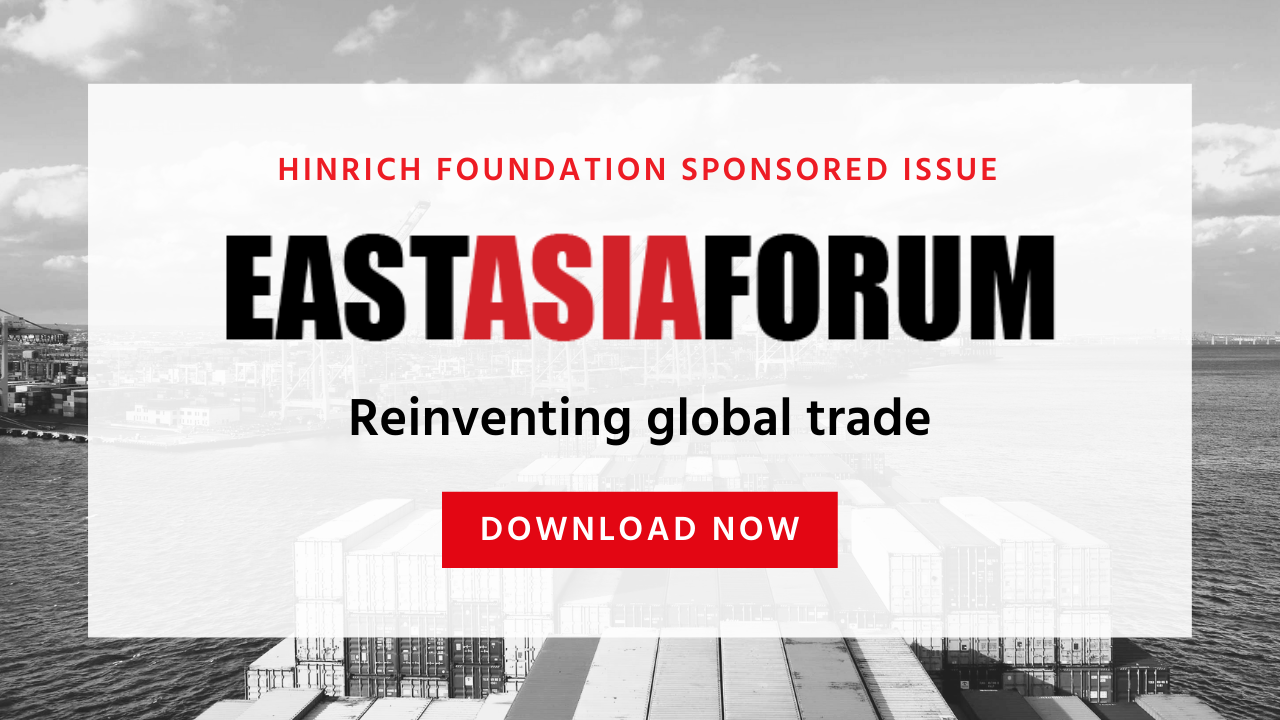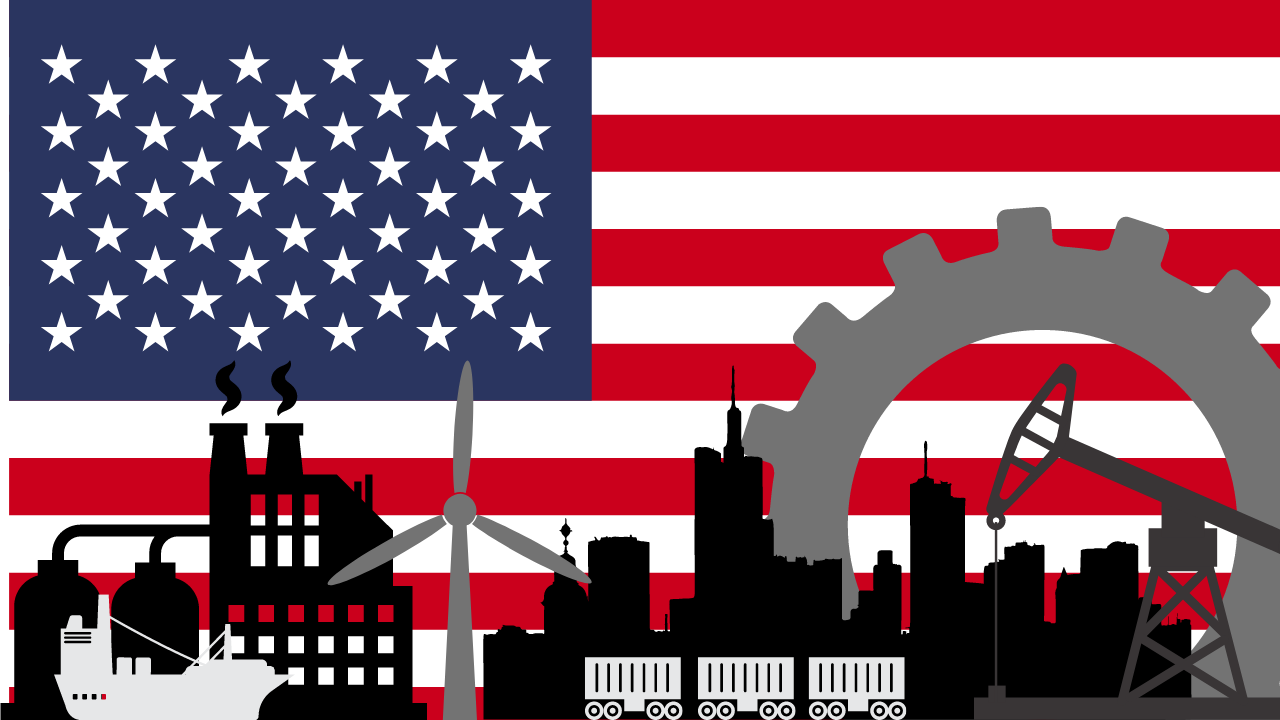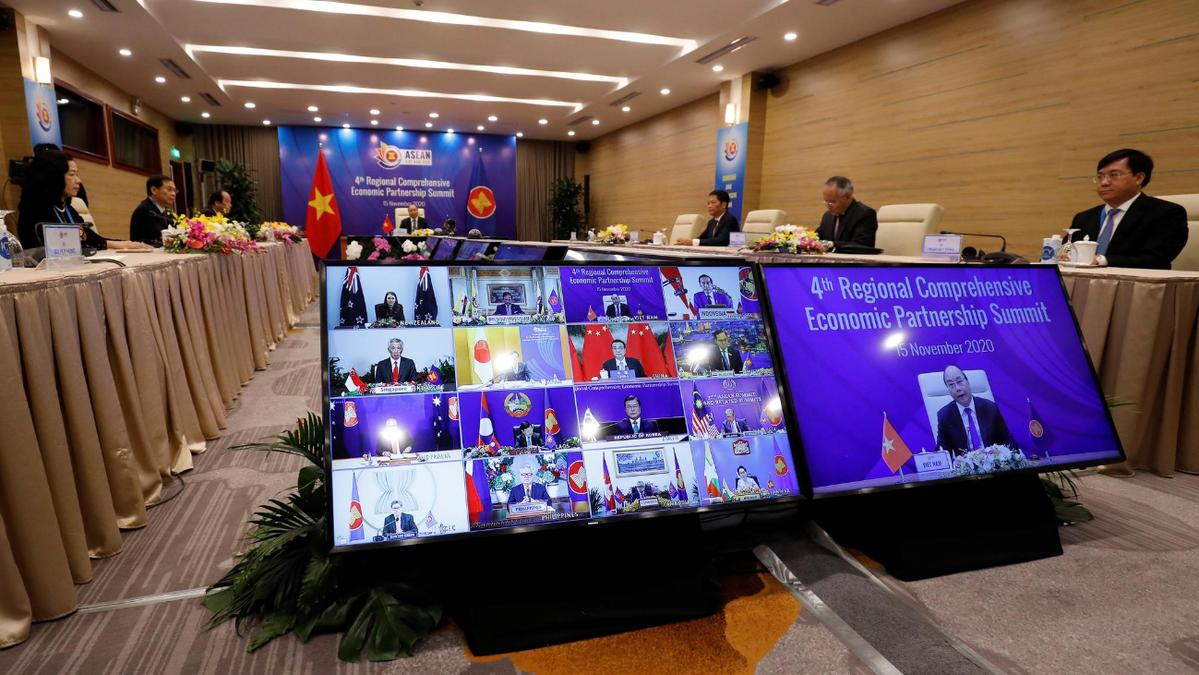Foreign direct investment
Value chains: Clear skies over Asia’s new foreign investment landscape
Published 11 May 2021
Despite disruptions caused by the US-China tech war and the Covid-19 pandemic, some aspects of international trade held up strikingly well in 2020. Investment in Asia have braved the storm, and global value chains have proved resilient. One cloud on the horizon is the absence of the US from any Asia-Pacific agreements, and the risk of growing US protectionism.
This article is part of the Hinrich Foundation sponsored Vol.13 No.2 April–June 2021 issue of the East Asia Forum Quarterly.
The global pandemic and recession, compounded by the pre-existing US–China trade war, have caused speculation about the future of foreign investment and global value chains (GVCs). The two are closely related because it is multinational enterprises (MNEs) from advanced economies that largely organise and manage the complex supply chains that cut across countries to create an efficient division of labour and make quality products at the lowest possible cost. There is likely to be some permanent change in GVCs as a result of the pandemic and trade war, but probably not as much as politicians and some in the policy community expect.
The United States has become alarmed at China’s technological advance and has instituted a range of restrictions on Chinese investment in the United States and on sales of hi-tech products to China. It is also taxing about half of US imports from China at a rate of 25 per cent. These measures were introduced by the Trump administration and will be reviewed by the new Biden administration, but most of them will likely remain in place, reflecting growing bipartisan distrust of China.
China, in turn, has doubled down on industrial policies aimed at generating domestic innovation and limiting technology imports. The pandemic has also led to temporary global shortages for medical equipment and raised concerns about dependence on imports for key products and calls for increased domestic production of these items.
Despite these disruptions, some aspects of international trade and investment held up strikingly well in 2020. US imports were down only 1 per cent despite its GDP dropping 3.4 per cent, probably as a result of the special economic stimulus measures aimed at maintaining incomes in the face of massive unemployment. US trade data shows only a small decline in imports from China (3.6 per cent), despite the 25 per cent tariffs and a sharp recession. Americans clearly still want electronic products from China that make work and leisure at home more comfortable (not to mention medical equipment and protective gear).
One flow that has been disrupted is China’s outward investment into advanced economies. China had been using high-tech acquisitions in the United States and European Union to enhance the technical capabilities of its own firms. But both jurisdictions have tightened security screening and investment restrictions, reducing the inflow of Chinese direct investment by 50 per cent between 2016 and 2019. Meanwhile, Chinese direct investment into the four largest ASEAN economies increased by nearly 50 per cent over the same period, and is now on par with Chinese investment [1] into the United States and European Union.
Some Chinese firms are circumventing US tariffs by investing in ASEAN companies, often for final assembly. They export parts and machinery to an ASEAN partner which then sends final goods to the United States, a natural evolution of GVCs in response to rising wages in China and to the US tariffs. Despite the recession, US imports from ASEAN were up 13 per cent in 2020. ASEAN has become China’s largest trade partner.
Interestingly, investment into China has not decreased. In fact, 2020 saw record inflows. The US government has urged US firms to leave China and ‘re-shore’ to the homeland, but there is no evidence that this happening. AmCham China’s survey of 346 American firms in 2020 found that the vast majority are expanding there. Only 4 per cent plan to re-shore any production to the United States, as leaving would mean foregoing business and profits from China’s lucrative domestic market. While they are not moving back to the United States, about one seventh are considering moving some production to other countries in Asia with lower wages.
The reason why GVCs have proved resilient is that they are a very efficient form of organisation. The main contribution of MNEs to the value chain consists of different types of intellectual property (IP): patents, brands, trade secrets, managerial know-how and sales networks. By one estimate, 84 per cent of the value of the large firms in the S&P 500 index consists of IP. Operating globally enables these firms to use their assets in the largest market possible.
For developing countries, participating in GVCs speeds up the development process. It increases labour productivity and living standards and upgrades the capabilities of domestic firms. Naturally, each side grumbles about the bargain. Advanced economies worry that they are losing factory jobs, while developing countries bristle at being dependent on imported technology. In each case, there are domestic policies that could address the concerns.
While there are some worrying policy trends, especially US technology restrictions and Chinese techno-nationalism, there are also positive developments. The Regional Comprehensive Economic Partnership among ASEAN, China, Japan, South Korea, Australia and New Zealand, is a significant trade liberalisation agreement that should cement Asia’s place at the heart of many value chains and encourage direct investment in different directions. China has also signed a bilateral investment treaty with the European Union that, if ratified, would open new sectors and provide confidence in policy stability.
China will likely emerge this decade as the world’s largest economy; it is already the largest trading nation, and was the largest recipient of direct foreign investment in 2020. Given Asia’s dynamism and the new agreements, it is likely that both interregional and intraregional investment will expand rapidly. Developing countries that can provide complementary infrastructure, institutions and human capital will be the winners in attracting investment and benefiting from this expansion.
One cloud on the horizon is the absence of the United States from any Asia Pacific agreements, and the risk of growing US protectionism. The United States remains the largest global economy, and joining the Asia Pacific trade and investment liberalisation would benefit both it and its partners. Furthermore, while China’s Asian partners are happy to share the economic benefits of its rise, they are also nervous about China’s military advance and increasingly confrontational foreign policy. A United States that remains economically engaged in the Asia Pacific would be good for both the region’s prosperity and security.
(1) National Bureau of Statistics of China, Annual Data
© The Hinrich Foundation. See our website Terms and conditions for our copyright and reprint policy. All statements of fact and the views, conclusions and recommendations expressed in this publication are the sole responsibility of the author(s).










